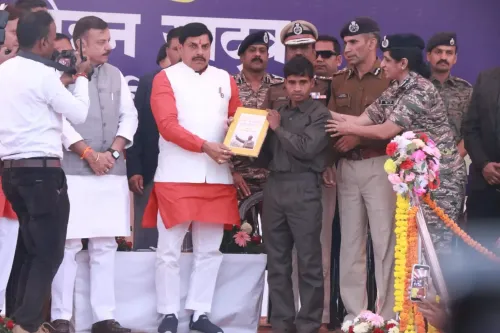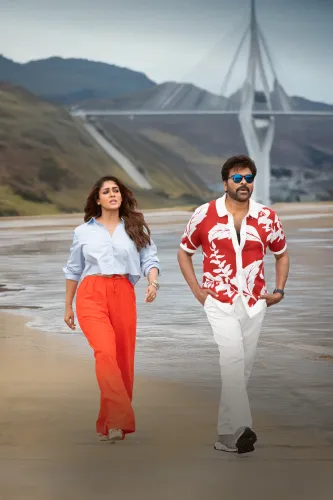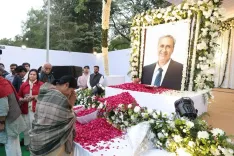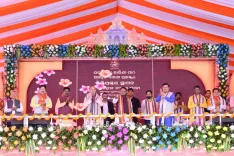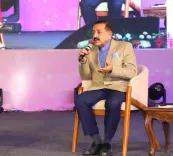How is Sunny Deol Celebrating 40 Years of 'Arjun'?

Synopsis
Key Takeaways
- 40 years of 'Arjun' mark a significant cultural milestone.
- Sunny Deol emphasizes the importance of impactful storytelling.
- There is a growing call for cinema that champions the unheard.
- 'Arjun' remains a relevant narrative in today's society.
- Reviving classic films can inspire new generations.
Mumbai, May 13 (NationPress) Sunny Deol recently took to social media to commemorate the 40th anniversary of his legendary film "Arjun", which debuted in 1985. Reflecting on the film's enduring significance, the actor labeled it a classic that has become obscured over time. In his latest post marking four decades of Arjun, Deol advocated for a resurgence of cinema that amplifies the voices of the overlooked and marginalized. He underscored the storytelling style that once resonated profoundly with audiences, stressing the urgency of reviving films anchored in authentic issues, emotions, and struggles.
He remarked that although the physical prints of such timeless classics may deteriorate, the essence and influence of their narratives remain alive in the hearts of viewers. By presenting Arjun as a beacon of significant cinema, Deol called on filmmakers to reconnect with tales that support the everyman, challenge injustice, and ignite dialogue.
On his Instagram, Sunny Deol shared a clip from the film along with the caption, “#40yearsofArjun — a classic now lost in time. Though its print may have faded, the fire still burns in our hearts. It’s time we revive not just cinema, but the soul of stories that spoke for the forgotten. #Arjun Time to reboot cinemas!.”
In the video, the 'Jaat' actor is heard delivering a stirring line: “I am the Arjun of that Mahabharat, Trivedi saab, in which you are Dronacharya.”
The film “Arjun,” directed by Rahul Rawail, featured Sunny Deol and Dimple Kapadia in leading roles. The story centers on a band of radical young men who take justice into their own hands to combat corruption. The film was later remade in various languages, including Tamil as “Sathyaa,” Telugu as “Bharatamlo Arjunudu,” Kannada as Sangrama, and Sinhala as “Suranimala.” It was released on April 20, 1985.



